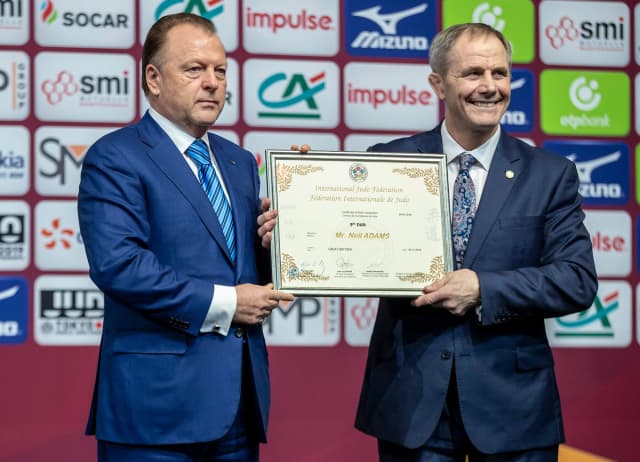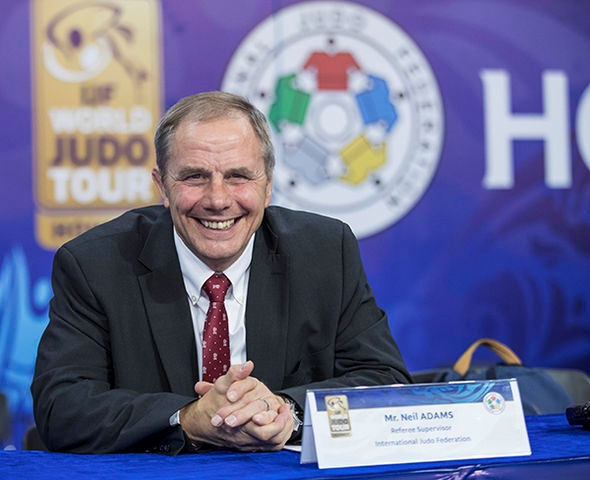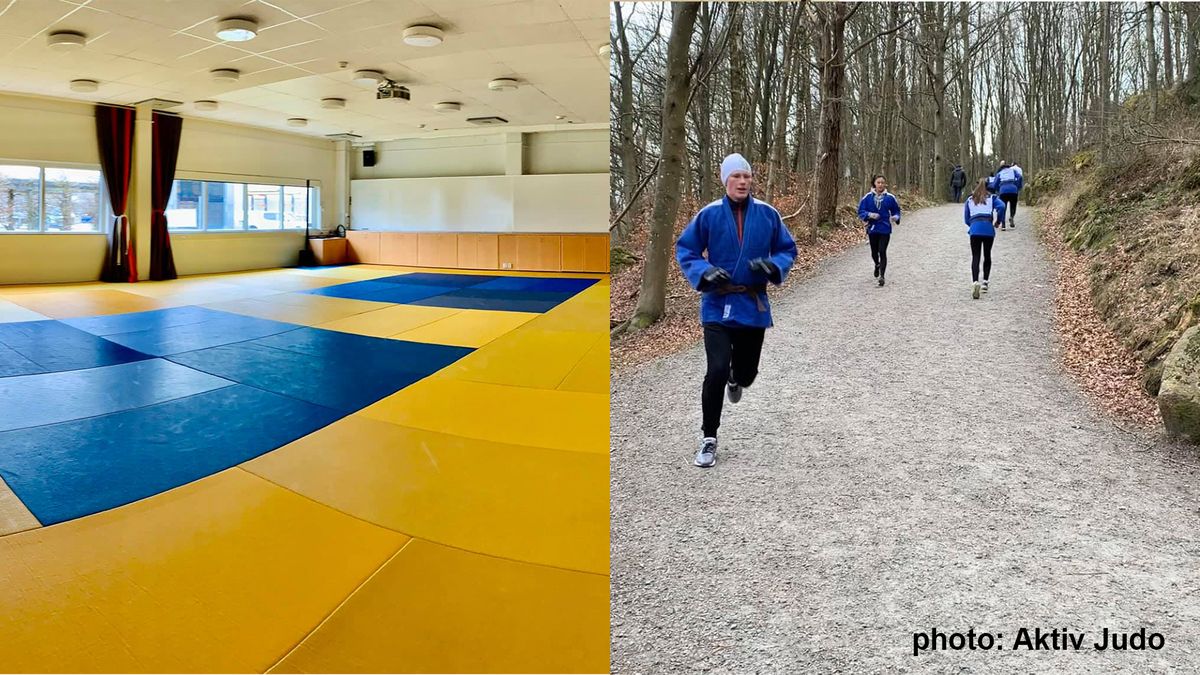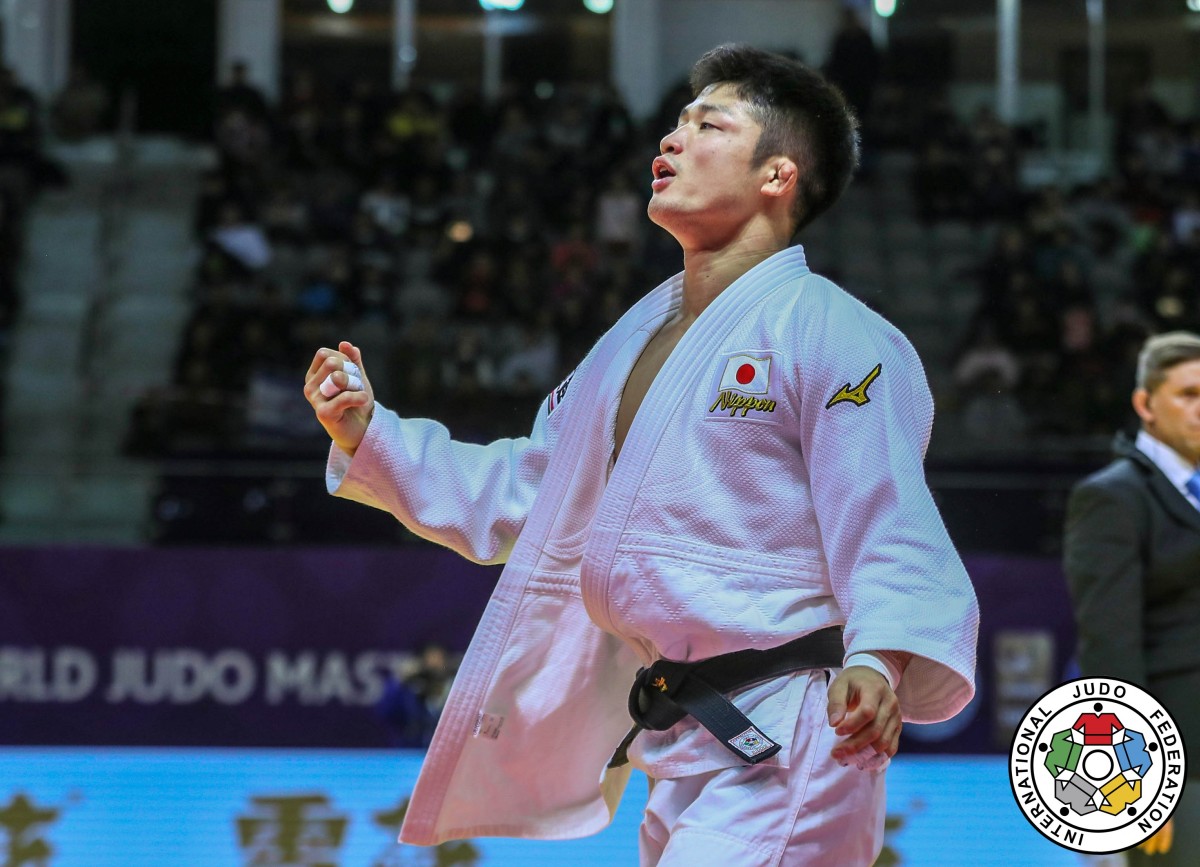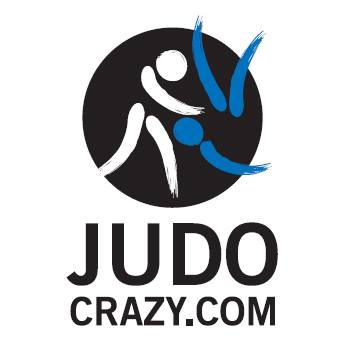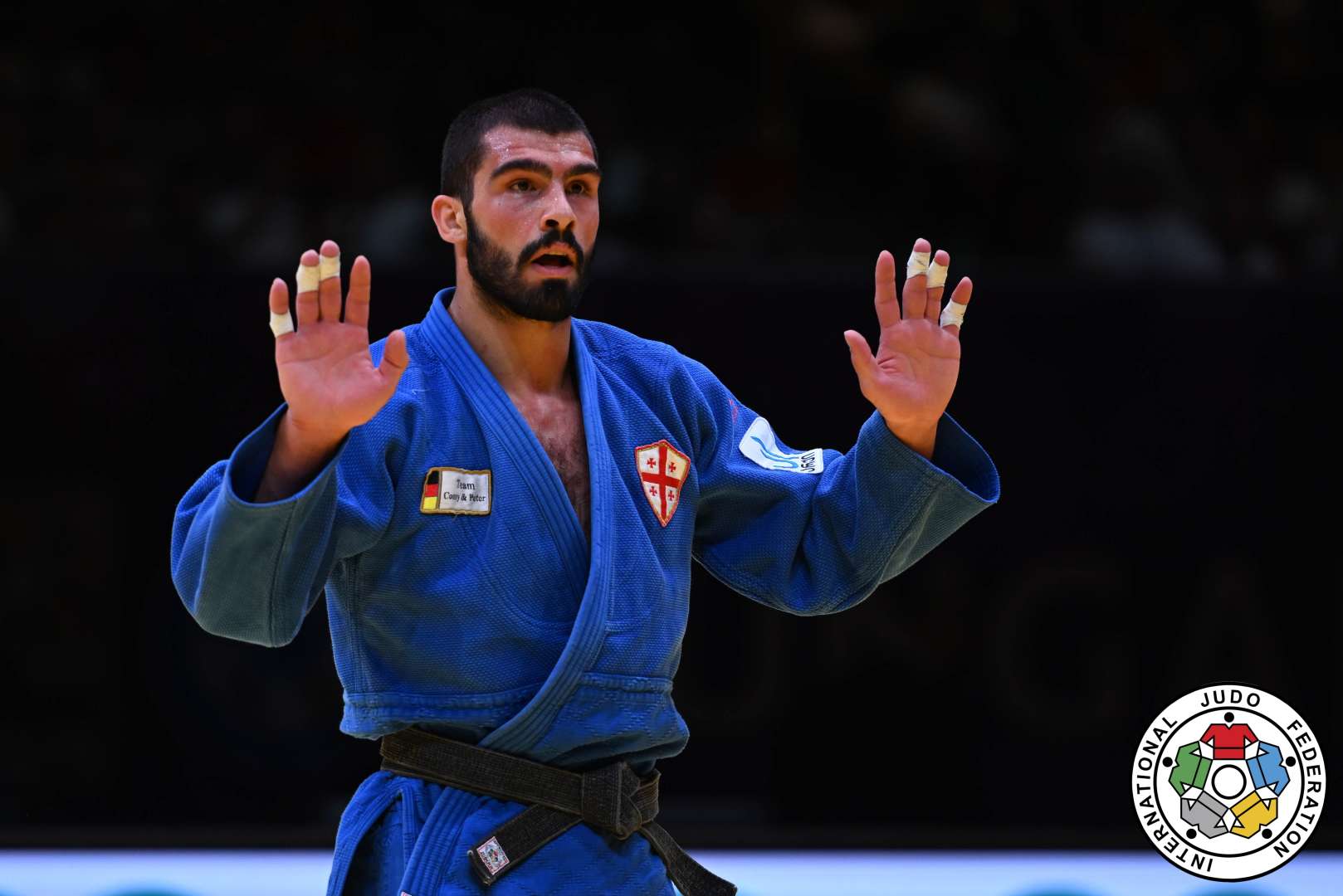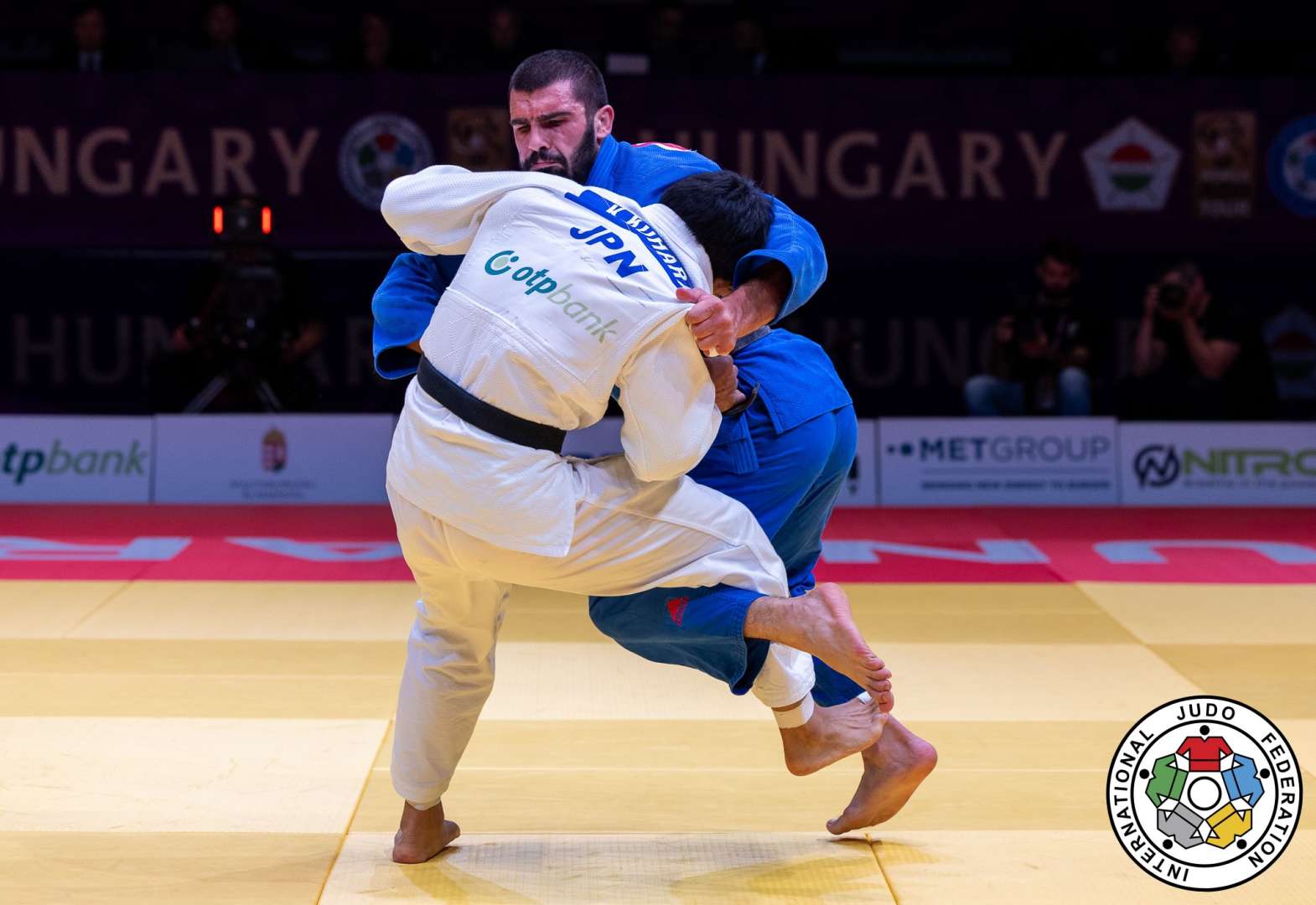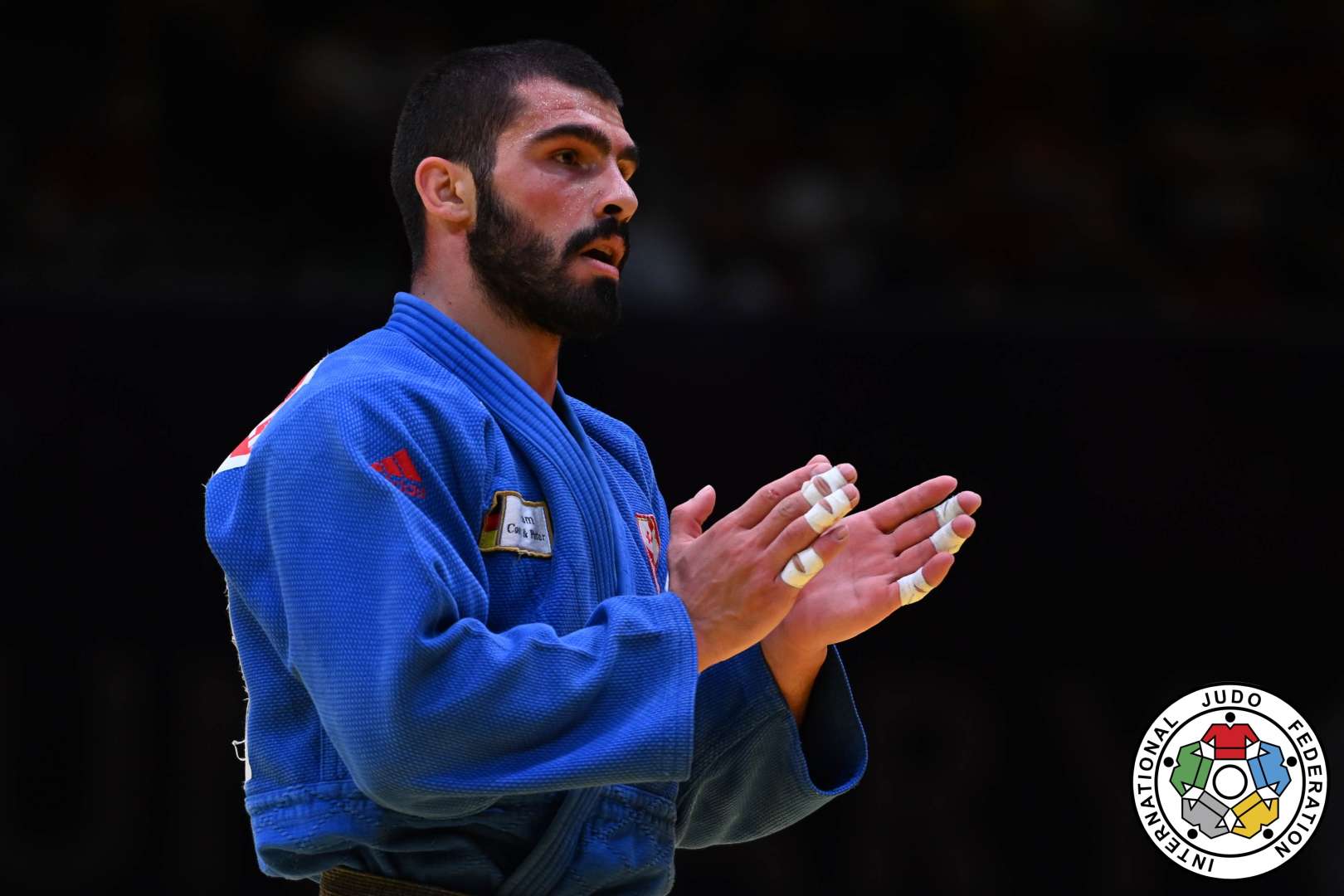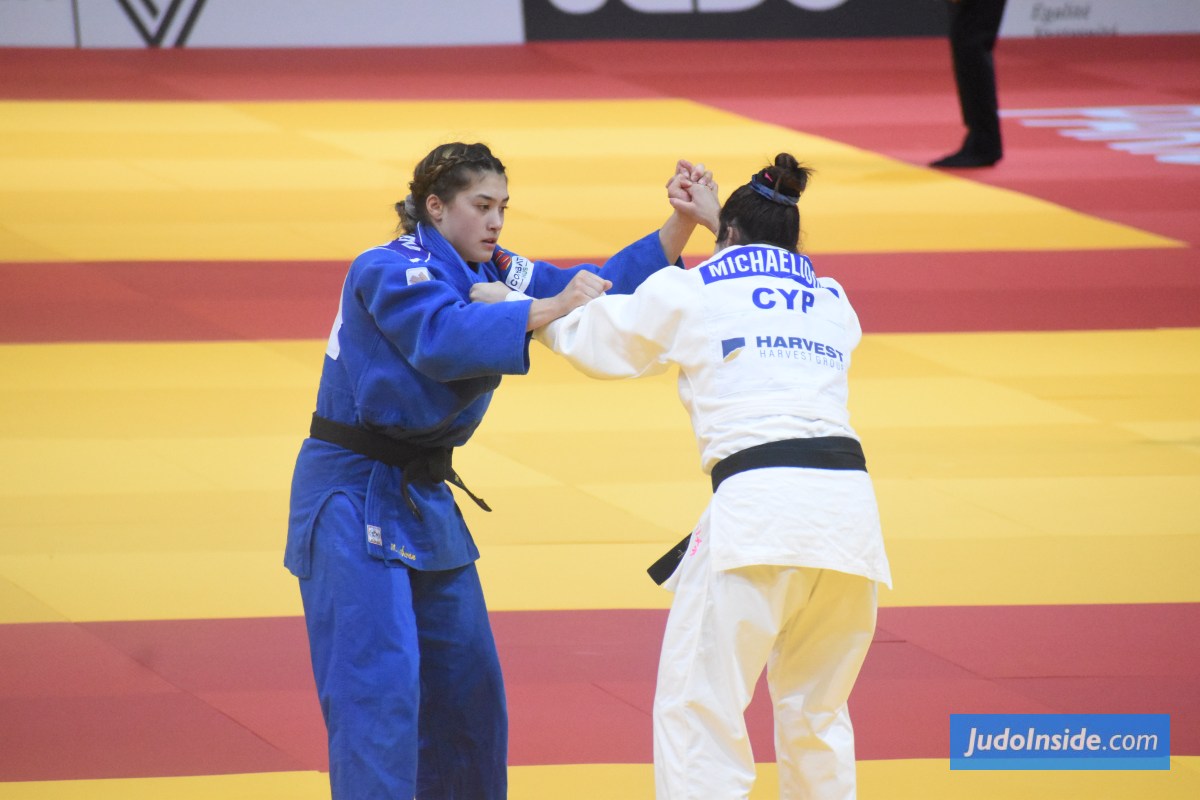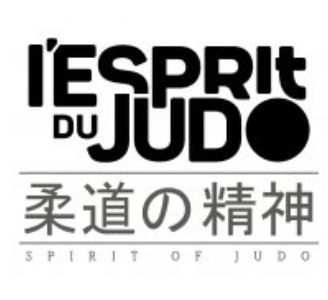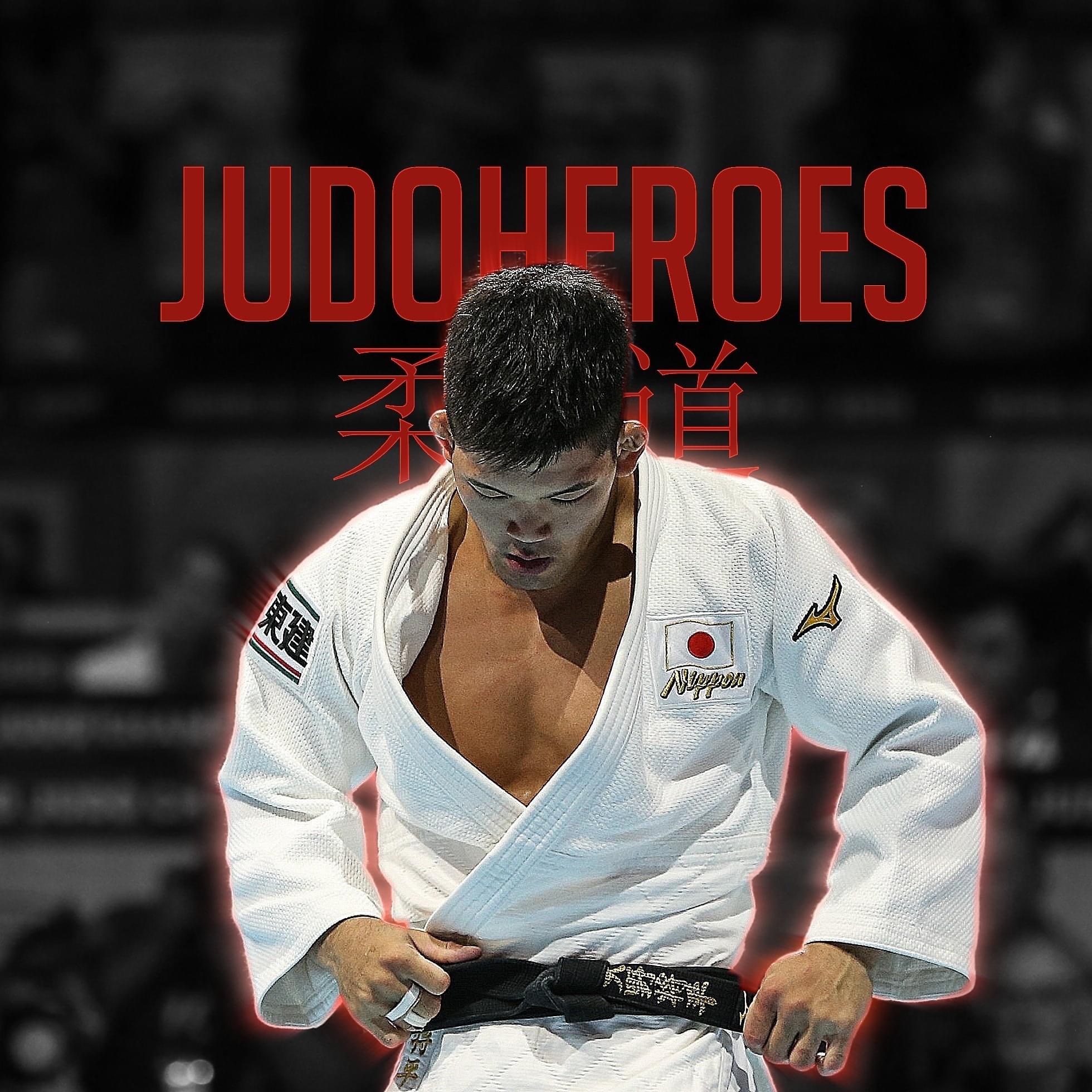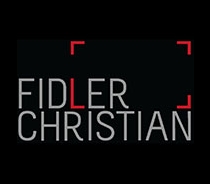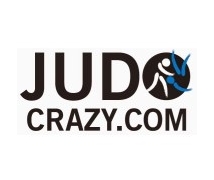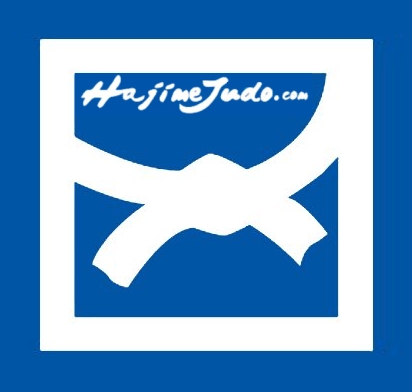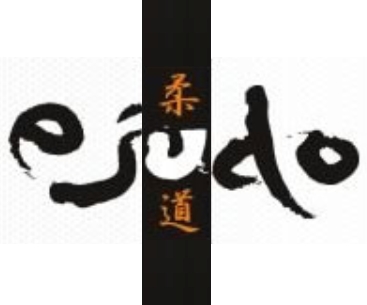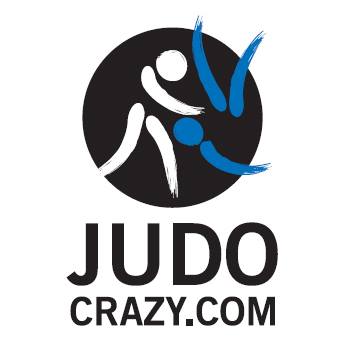Judo in the time of Covid-19: Neil Adams
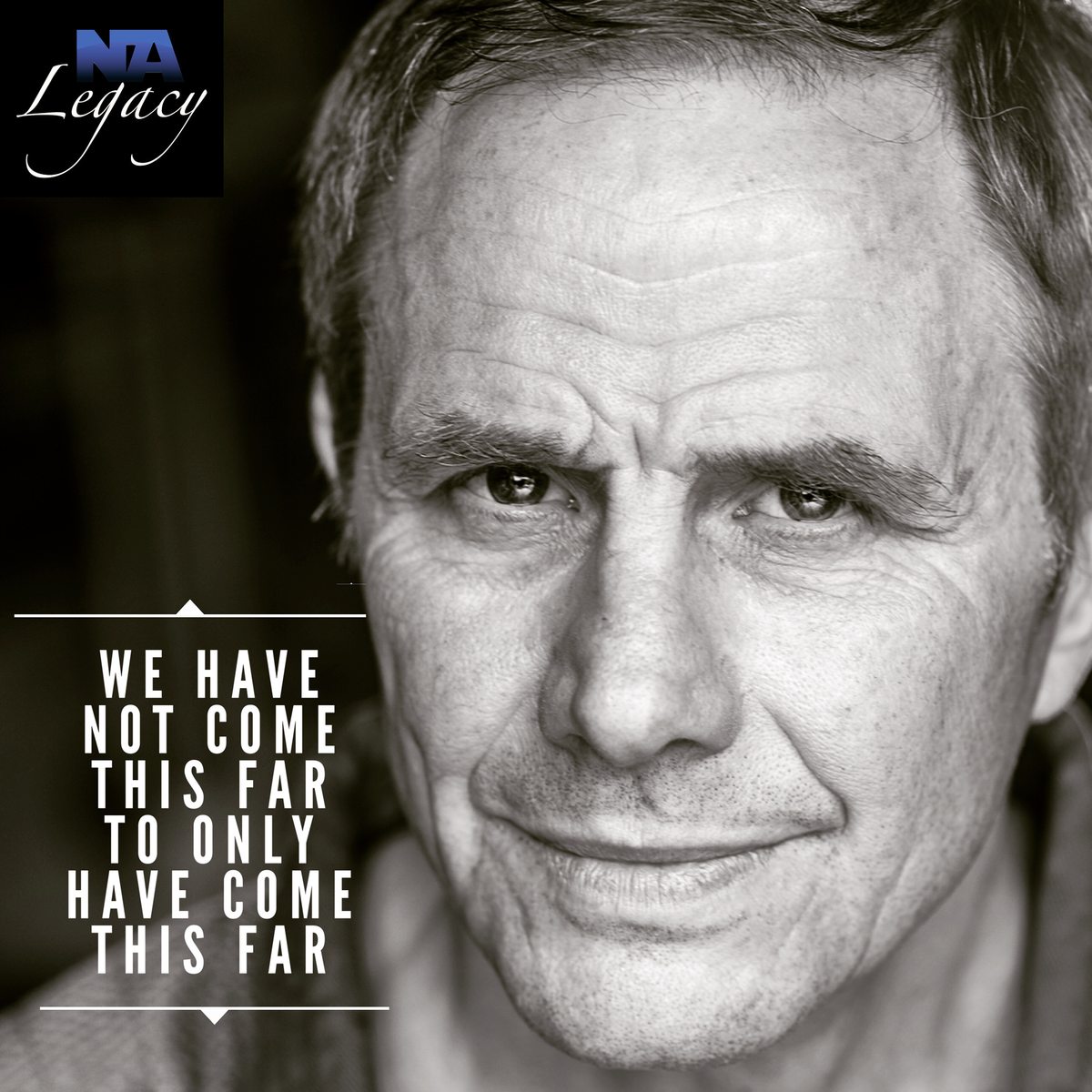
 10 Apr 2020 12:00
10 Apr 2020 12:00
 JudoCrazy by Oon Yeoh
JudoCrazy by Oon Yeoh

Neil Adams is the voice of Judo. He is expert to convert judo knowledge into action. Neil has some good advise for everybody training in lock-down. Make sure you get proper instruction with proper exercises without cutting corners. Focus on quality, not quantity. Oon Yeoh of JudoCrazy left out the easy questions, he chose for quality of quantity.
JIC: Did the postponement of the Olympics surprise you?
NA: It didn't surprise me in the end. At first, we were all kind of praying that the virus wasn't going get out of hand and that the situation could be kept under control. Then, we quickly realized that this thing was global and that it was a big problem. So, all of us were kind of glad that it was postponed because it was the right thing to do. We’ve got to prioritize health and safety. In any event, 12 months of preparation is not such a bad thing and for some athletes, it’s a good thing. Of course, for some of the older athletes who are already in their third Olympic cycle, they are going have to keep training for another full year. So that might not be so great for them but there’s nothing we can do about that.
JIC: How are you coping with the shutdown?
NA: Well, normally I travel a lot for the IJF events and I do voiceovers for the Fighting Films productions. Because of this shutdown, there’s no IJF events at the moment, and I’m not doing the Fighting Films voiceover because there are no events to do voiceover for! So, financially it’s affected us but it’s made up pull together as a family and has made us concentrate on other things like our online offerings through our website, Neil Adams Effective Fighting.
JIC: What are the main activities of NAEF?
NA: We offer online resources with things like our Tai-Otoshi and our Gripping videos. We've also got things like the Gokyo in there. We’ve just opened a dojo where we can do recording and increase the number of online materials that we can offer. Thank goodness we finished building the new dojo just before the shutdown. We managed to shoot our new video on uchimata before the lockdown happened. It’s a whole study on different types of uchimata, so we’re looking forward to releasing that.
JIC: You’re an IJF Referee Supervisor. What do you think of the new rules the IJF has been steadily introducing since 2013, especially in regard to leg grabs?
NA: I think a lot of the new rules have been absolutely amazing — I like the look of judo nowadays. I hear people talking about the “good old days” of judo. What they’re really saying is they wish they could go back to the time when you could just dive for the legs. Personally, I’m glad all that leg-grabbing isn’t happening anymore because there’s more upright judo now. It’s much better this way.
JIC: Any rules that need fine-tuning?
NA: I think the rules are all going in the right direction. If there’s one thing that could use some fine-tuning perhaps it has to do with the waza-ari. It’s no secret what I think about this — and I’m not going against the IJF in any way — but perhaps a clearer-cut waza-ari is what I would like to see.
JIC: What rule do you like best?
NA: I like the fact that they now give more time for newaza. Referees have been told to give more time especially when there’s transitions from tachi-waza to newaza. When there’s progression in newaza, they’ve got to let it happen.
JIC: Is there more newaza now or during your time?
NA: I think there’s more newaza today than there has been in the past 10 years. But I don’t think there is as much newaza now as there was in my day. Back then, there was more time given to newaza so naturally more newaza specialists emerged, such as Katsuhiko Kashiwazaki Sensei and myself, and few others. I always trained for 50:50 for tachi-waza and newaza, especially after I got beaten in newaza by Jean-Pierre Gibert of France in 1978.
JIC: Which players today are what you would consider “newaza hunters”?
NA: I think Daria Bilodid and Lukas Krpalek are newaza hunters. There’s not a lot of variation in what they do but they’re hunters, they hunt for opportunities to do their newaza. What makes them very effective is their transitions into newaza. That’s a very big point. If you look at the Japanese, especially the women, you’ll see their transition is superb. From ashiwaza, they will go straight to the ground. One leg gets trapped. What’s the probably of them freeing that leg and securing an osaekomi? Probably 95% of the time and that’s right across the board. All of them do it so well. It’s not by accident. It’s trained. It’s drilled. They score a massive number of ippons that way.
JIC: What do you see as the main difference between the judo of today and the judo of your era as a competitor?
NA: There’s more emphasis on attacking immediately and positive play. I love the fact that now a score will always win over a penalty. In the past we’ve actually had Olympic Games won by shidos. You can’t do that anymore. So today, what we’re looking at is positive play as opposed to negative play.
JIC: How do you see developing 10 years from now?
NA: It’s hard to tell the future but one thing’s for certain: Judo techniques will continue to evolve. We’ll always have the standard technique like the seoi-nages and uchimatas but we’ll see different forms of them emerge. People will continually come up with different ways of doing established techniques that will be really exciting to watch. I’m all for fundamental principles but I’m good for change as well, as long as it’s spectacular and it looks great.
JIC: In your time, you used to travel to Japan to get quality randoris. Do you think that’s still necessary today?
NA: When I was competing, I used to go to Japan for my randoris. I was doing 10, 15, 20 randoris a day, for a month, when I was over there. Now, if you have a look most of the top countries in judo, you’ll see they’re still doing that because it’s impossible for players to do well if they just stay within their country. Even though the French have got a great set-up, they still go to Japan to get more randori. The Brazilians as well. As do the Israelis, the Slovenians, the Kosovans. They’ve all got great systems but they still go to Japan for the randori. Randori is so important, you can’t do without randori. It doesn’t matter how much running or weight training you do, you’ve got to get your randoris in. If you want to be a good international competitor, you’ve got to travel. Not just to Japan but to South Korea and other places as well. Get as much quality randori as you can.
JIC: What do you think about the concept of centralized training?
NA: I think for certain countries it works. Obviously, the more people you’ve got in that centralized location, the better. But if you don’t have critical mass, then I don’t think it works. In the UK, for example, if it were up to me, I would use that centralized location for the juniors. Get them to go to school or university there so they can get an education while training for judo. For the senior squad though, I’d bring them in for centralized training for periods at a time. If you demand that seniors relocate themselves there permanently, you might face resistance because people might be married or have jobs that they can’t just leave behind. It’s different in France or Japan where you’ve got so many people doing judo anyway, you won’t have a problem filling up their centralized training facilities.
JIC: Do you think Teddy Riner made a mistake in competing so little in the lead up to the Olympics?
NA: Teddy Riner is such a great fighter that he will always be a serious contender no matter what. But he now realizes that he can’t just walk into a competition and beat everybody just like that. If I were his coach, I’d tell him to really look at the year ahead. He should do more competitions, and even losing one or two, but get competition-fit again. I know when I did my third Olympic Games, I didn’t do the same amount training that I did for my first two — I didn’t do the same amount of randori, I didn’t travel as much, I didn’t do as many competitions — and it just showed in the results. If he really wants to win his third Olympic gold, he should use this one-year postponement to prepare as hard as he possibly can. Forget about doing any advertising or public relations work. Go back to being the Teddy Riner of old, and train like a demon.
JIC: Do you think he can match Tadahiro Nomura’s record of three Olympic gold medals?
NA: I think he can. Riner’s definitely got a chance of achieving this. Where Nomura’s record won’t be equalled is that he never lost in the Olympics. This is something that Riner would not be able to claim. (Riner lost in his first Olympics outing in 2008 where he got bronze).
JIC: Who do you think has the best chance of beating Riner?
NA: Lukas Krpalek and Guram Tushishvili have both got a chance, especially if they play tactically and keep him moving. Either of these two could cause an upset. If I were Krpalek, I’d try to catch Riner on the ground as quickly as I possibly could. But don’t underestimate Riner, he’s one of the greatest, he is a winner. If he uses this next year well, he’ll have a good chance of winning it.
JIC: There are a few great rivalries within the Japanese camp where you have two top players in the same category. Can you share your thoughts on this?
NA: The Japanese have got such depth in their judo that it’s really hard to separate their No.1s and No. 2s. Take the -60kg division for example. There, you’ve got Ryuju Nagayama and Naohisa Takato, both great fighters. Nagayama won the Paris tournament but he didn’t get selected for the Olympics. I’m not sure if that’s going to change now with the Olympics being postponed. Then at -66kg, there’s Joichi Maruyama and Hifumi Abe, would have fought it out in the Japanese trials for the Olympics slot. I think Maruyama has the edge but Abe is absolutely amazing, as is his sister, who herself has a great rival in Ai Shishime at -52kg. Although in that case, Uta Abe is clearly ahead right now. In the -73kg division you’ve actually got a three-way rivalry where all three are world champions. Frankly, Shohei Ono’s miles ahead of everyone but can you imagine having a reserve like Soichi Hashimoto and Masashi Ebinuma as the No. 3? Wow!
JIC: Speaking of Ono, who do you think is a greater player, Shohei Ono or Toshihiko Koga?
NA: I think they're both absolute geniuses. Ono has more variety than Koga. He’s got so many techniques that he can score ippon with. Koga, on the other hand, is such a specialist with his amazing seoi-nage. Everybody knows what he’s going to do but they just can’t stop him. It’s really difficult to compare the two. Koga was the most exciting player of his time and Ono is the most exciting player today. Both of them are absolutely phenomenal. They’re everything I think a judo player could be. Well, perhaps they could do more newaza but when you can throw like that, you don’t need much newaza, I guess. I’d rank them as equal.
JIC: A lot of great champions disappear from the spotlight after they retire but you’ve managed to maintain a high profile. How did you do it?
NA: One of the advantages I had was after my retirement from competition, I just slipped into the commentary role. Fighting Films has been a great vehicle for me all this while. It’s been good for me and it’s been good for them, so it’s a great relationship. It’s kept my name out there. A lot of the youngsters don’t know my face but they know my voice. We’re trying to change that now with the videos we’re producing at NAEF. I’m really enjoying what I’m doing and it’s nice that I can continue to commentate and do instructional videos.
JIC: Do you think other former champions should get into commentating too?
NA: They should but it doesn't always come naturally to everybody. Well, I’ve had a few of them ask me for tips and advice on how they can get into commentating. I would love to see a program being developed to train our sports’ former athletes to become more media savvy, and learn how to work the microphone and work the camera so they can do commentary and TV presenting.
JIC: Do you think the IJF’s decision to put judo out there on TV and the Internet has made a difference in making judo more popular?
NA: I think the whole IJF crew are doing an amazing job to spread the word. As far as the Grand Prix, Grand Slams, World Championships, it’s the most professional set-up around. A lot of other martial arts out there are looking at us as the model of how things should be done. Everything we produce for TV and YouTube is professionally done. The production quality is absolutely top-notch. I think that’s what’s making judo more popular these days.
JIC: Yet, we have BJJ generally being more popular than judo in many places. Why do you think that’s so and what can judo people do to improve things?
NA: As far as professionalism is concerned, I don’t think they’ve come anywhere close to judo in terms of presentation of the sport. But I think the BJJ folks have got their act together as far as putting a fair price on their sport. The main problem with judo has to do with pricing — too cheap! If you offer a pair of training shoes for £5 and you offer another pair for £100 pounds, most people will go for the £100 ones because they think it’s better. We have to change the mentality of judokas who think judo is or should be a cheaper form of combat sport. We need to change that. We’ve got to put a proper price on judo.
JIC: Any thoughts about the situation with clubs all over the world being shut down due to the Covid-19 crisis?
NA: Well, we are in a situation that we've never been in before. Judo players have got to support their clubs. Keep in contact with each other and if it means rallying together to try to raise money to keep your club afloat, you should consider doing that. Give your senseis a call and pay your fees, even now during the shut-down, if you can afford it. I know it’s a difficult time for everyone but you’ve got to support your club because you’ll want to have a place to train at when this is all over.
JIC: Any training tips for people in lock-down?
NA: Everybody in lock-down can train. Firstly, know that there’s a lot of rubbish on the Internet so make sure you get proper instruction. Then, do your exercises properly. Don’t cut corners. If you’re doing uchikomi on bands, make sure you get a full range of movement for any uchikomi that you do. Thirdly, focus on quality, not quantity. For example, I’m wary of speed uchikomi done as part of circuit training, because the focus tends to be on quantity. You’ve got to do the technical part correctly. So, try to separate your technical workout from your physical workout.
Are you JUDOCRAZY? The become a JudoCrazy Patron and read all their stories here
 like
like
 share
share

| Result | City | Date |
|---|---|---|
| 3 | Belgrade | 2023 |
| 2 | Montpellier | 2023 |
| 3 | Budapest | 2023 |
| 1 | Doha | 2023 |
| 1 | Paris | 2023 |
| Result | City | Date |
|---|---|---|
| 1 | Tashkent | 2 Mar |
| 1 | Paris | 3 Feb |
| 1 | Budapest | 2023 |
| 2 | Tokyo | 2023 |
| 5 | Montpellier | 2023 |
